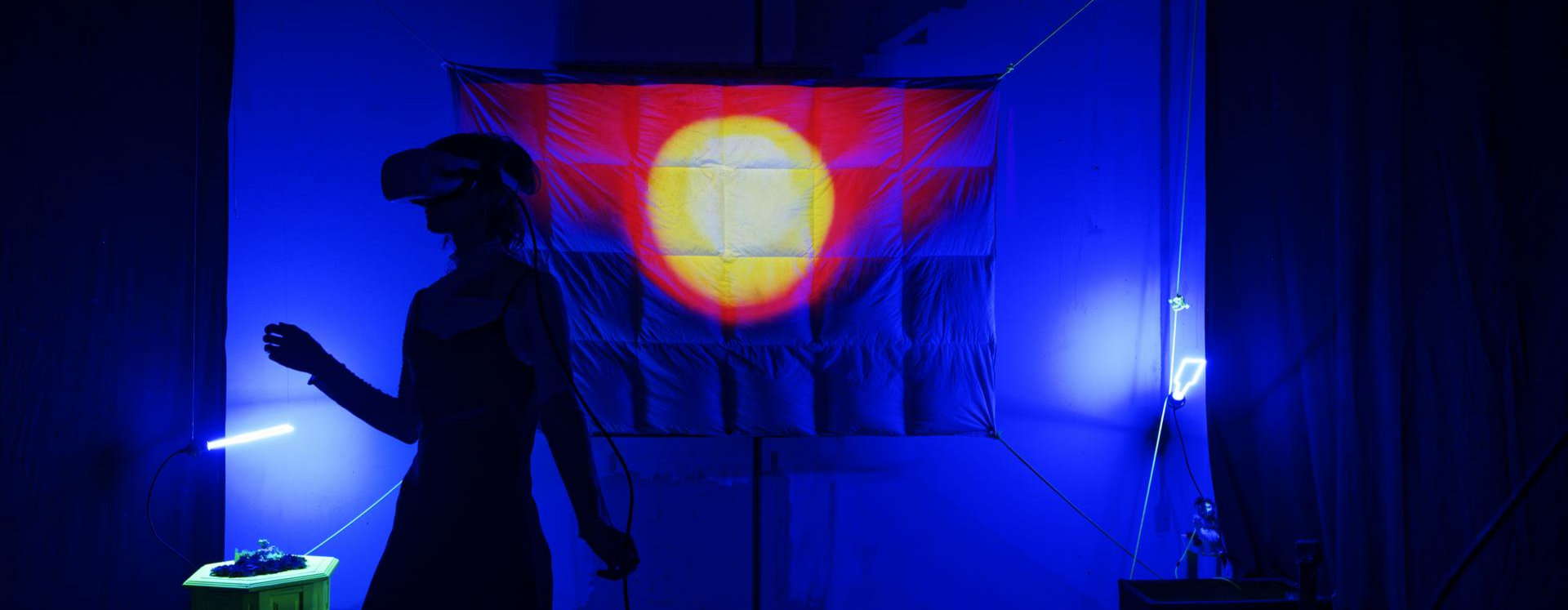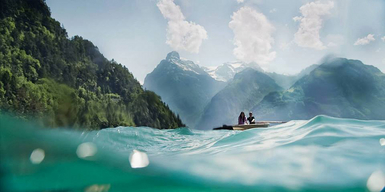Greifensee and What Time Is It
"Through my research I want to find out if and how I want to include dialogue and storytelling language into my films. So far, my art films didn’t contain dialogue. My research question was: how can I use spoken language as an element without overshadowing the image? In order to investigate this question I have written two short texts, Greifensee and What Time is It. Each of these texts provided the basis for two or three different screenplays. In each of them, the spoken language plays a different role.
Greifensee begins and ends like a plain and simple holiday trip on a Swiss mountain lake, turns out to be a straightforward drama between a mother and her young daughter; their relationship is deeply changed. On the basis of this text, I have written three screenplays: one with very little dialogue, in which the emotions are under the surface and resonate through the image; one with a great deal of dialogue, in which all emotions are explicitly articulated; and one with a voice-over, in which we hear what the main character thinks. I shot the first version last summer for NTR Kort!
The second text, What Time is It, doesn’t show a lot of events. Nevertheless, like in Greifensee, things drastically change. In What Time Is It a sixty year old businessman is seated on his hotel bed in a giant hotel suite. His younger assistant is seated in the armchair opposite him. They have a last drink. He confesses to her that she is his very best friend.
I wrote this scene into two screenplays, one from his and one from her perspective. Both have a different experience of the same scene, to be compared with a memory of a common evening in the past, which people remember slightly different from each other. What time is it, shot at only one location, is carried by the mise-en-scene, the acting and the camera work, but above all by the dialogues.
The five screenplays, based upon the two initial texts, were very helpful in exploring the potential of the films. I got to know the characters very well, from different points of view. By creating different versions, and asking myself to judge alternative options, I developed a reflective structure that I can use for decisions I will need to make about the use of spoken language in my future films."



